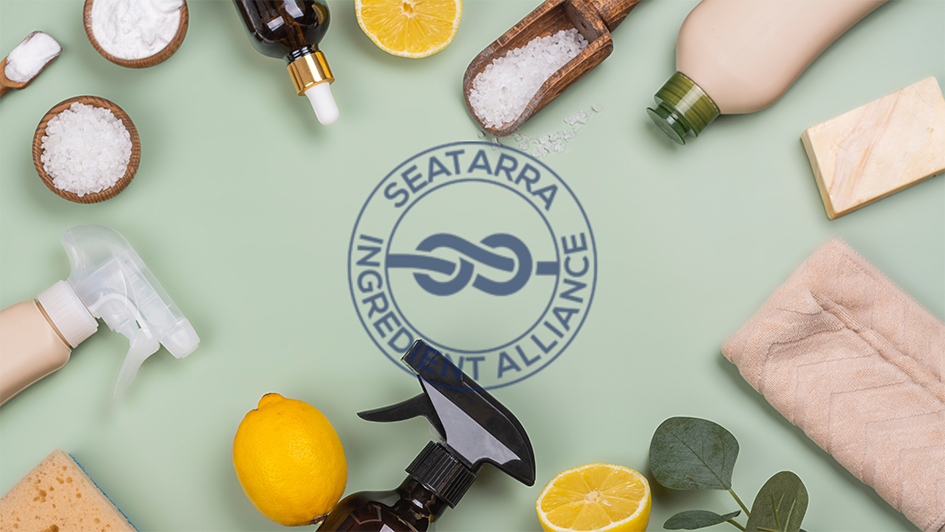
Green Clean: The Botanical Takeover of Eco-Friendly Products
Green Clean: The Botanical Takeover of Eco-Friendly Products” is a article exploring the burgeoning world of eco-friendly products dominated by botanical ingredients. This narrative delves into how the shift towards green living and sustainability is being propelled by plant-based products, ranging from household cleaners to personal care items. The piece illuminates the transformation in consumer preferences and the industry’s response, emphasizing the role of botanicals in creating a cleaner, greener future.
Embracing Nature’s Solutions in Everyday Products
The story begins with an overview of the rising consumer demand for eco-friendly products and the corresponding shift in the market. It highlights how botanical ingredients are at the forefront of this change, offering effective and environmentally friendly alternatives to traditional chemical-based products.
Key Points:
- Eco-conscious Consumerism: Explore the growing consumer awareness and demand for products that are both safe for their health and the environment.
- Shift from Chemicals to Botanicals: Discuss the transition from synthetic ingredients to botanicals in various consumer products.
The Botanical Edge in Eco-friendly Products
This section delves into specific categories where botanical ingredients are making a significant impact. It highlights various eco-friendly products, from cleaning agents and laundry detergents to skincare and haircare, showcasing the diversity and effectiveness of botanicals.
- Household Cleaners: Look at how botanical ingredients are used in green cleaning products, focusing on their safety and effectiveness.
- Personal Care Items: Explore the incorporation of botanicals in personal care products, including their benefits for skin and hair health.
The Science Behind Botanical Efficacy
Transition into the science that supports the use of botanical ingredients in eco-friendly products. This part of the article explains how natural plant compounds work effectively to clean, disinfect, and nourish, often matching or surpassing the efficacy of traditional synthetic ingredients.
- Plant-based Cleaning Agents: Understand how compounds from plants can act as natural cleansers and disinfectants.
- Nourishing Properties: Discuss the nourishing and healing properties of botanical ingredients in personal care products, backed by scientific research.
Sustainable and Ethical Aspects of Botanical Products
With the rise in popularity of botanical-based products, issues of sustainability and ethical sourcing come into focus. This section addresses how companies are ensuring that their botanical ingredients are sourced responsibly and sustainably.
- Sustainable Sourcing: Highlight the importance of ethically sourcing botanical ingredients, ensuring they are renewable and don’t harm ecosystems.
- Impact on Local Communities: Discuss the impact of botanical product production on local communities, including fair trade practices and community development.
The Challenges and Future of Botanical Eco-products
While the shift to botanical eco-friendly products is promising, there are challenges in scaling up and meeting consumer expectations. This segment explores these challenges, including market perceptions, cost factors, and regulatory hurdles.
- Overcoming Market Challenges: Examine the challenges in bringing botanical eco-products to the mainstream market, including competition with established chemical-based products and consumer perceptions of efficacy.
- Future Outlook: Speculate on the future trends and innovations in botanical eco-products, considering advancements in technology and shifts in consumer behavior.
Incorporating Botanical Products into Daily Life
Provide practical advice on how consumers can integrate botanical eco-friendly products into their daily routines. This part offers tips on selecting the right products, understanding labels, and maximizing their benefits for health and the environment.
- Choosing the Right Products: Offer guidance on selecting high-quality botanical products, understanding ingredient labels, and identifying truly eco-friendly options.
- Making the Switch: Suggest ways to gradually incorporate botanical products into various aspects of daily life, from cleaning routines to personal care.
The Role of Education and Awareness
Educating consumers about the benefits and importance of botanical eco-friendly products is crucial for their wider acceptance and use. This section highlights efforts to educate the public on the advantages of botanicals and how they contribute to a sustainable lifestyle.
- Awareness Campaigns: Discuss initiatives aimed at increasing consumer knowledge about the benefits of botanical products and their role in environmental sustainability.
- Community Engagement: Consider the role of community programs and workshops in promoting the use of botanical eco-friendly products.
Conclusion
Green Clean: The Botanical Takeover of Eco-Friendly Products” paints a comprehensive picture of the burgeoning role of botanicals in the world of eco-friendly products. It underscores the shift towards greener living, driven by botanical innovation, and highlights the potential of these plant-powered products to reshape consumer habits and contribute to a more sustainable future.



